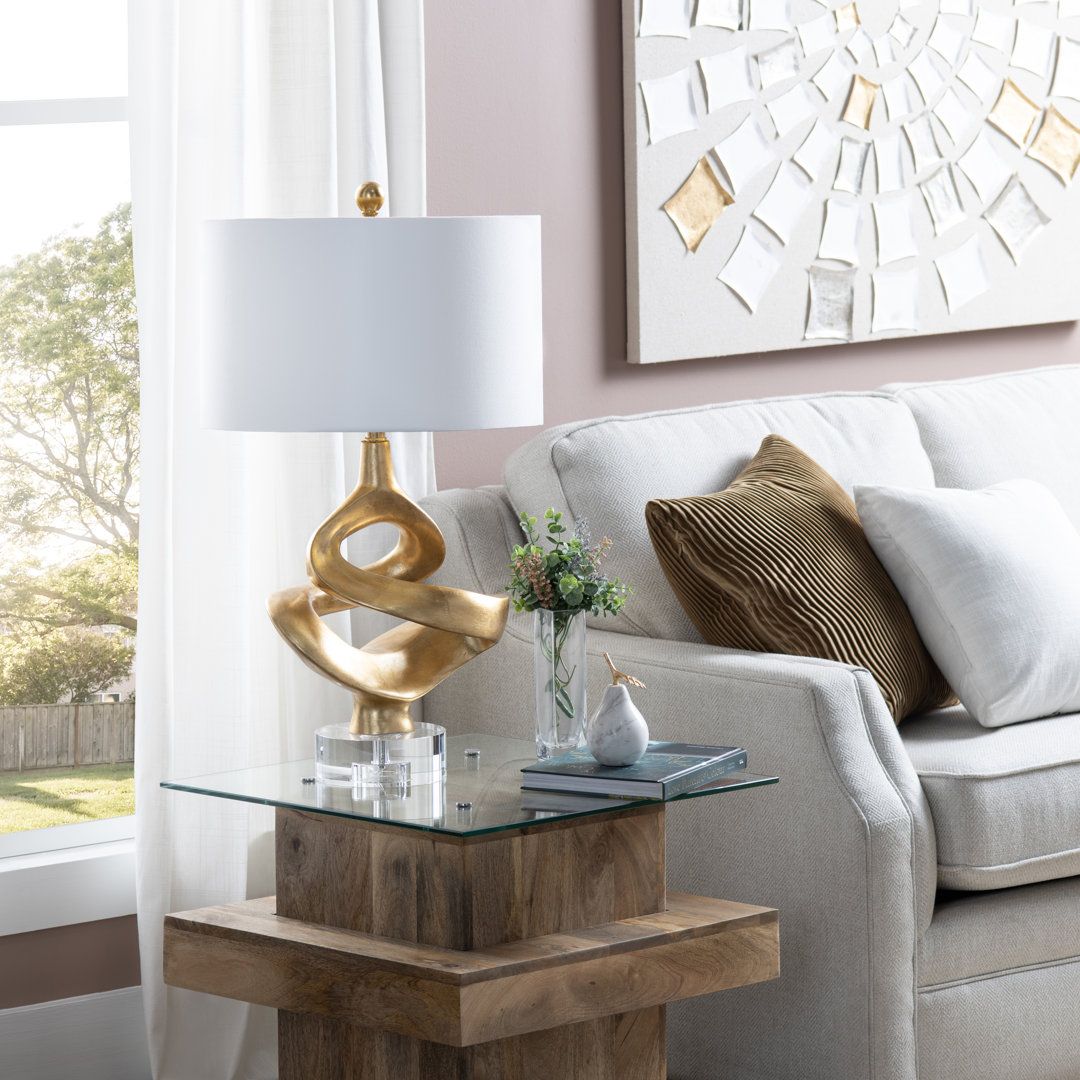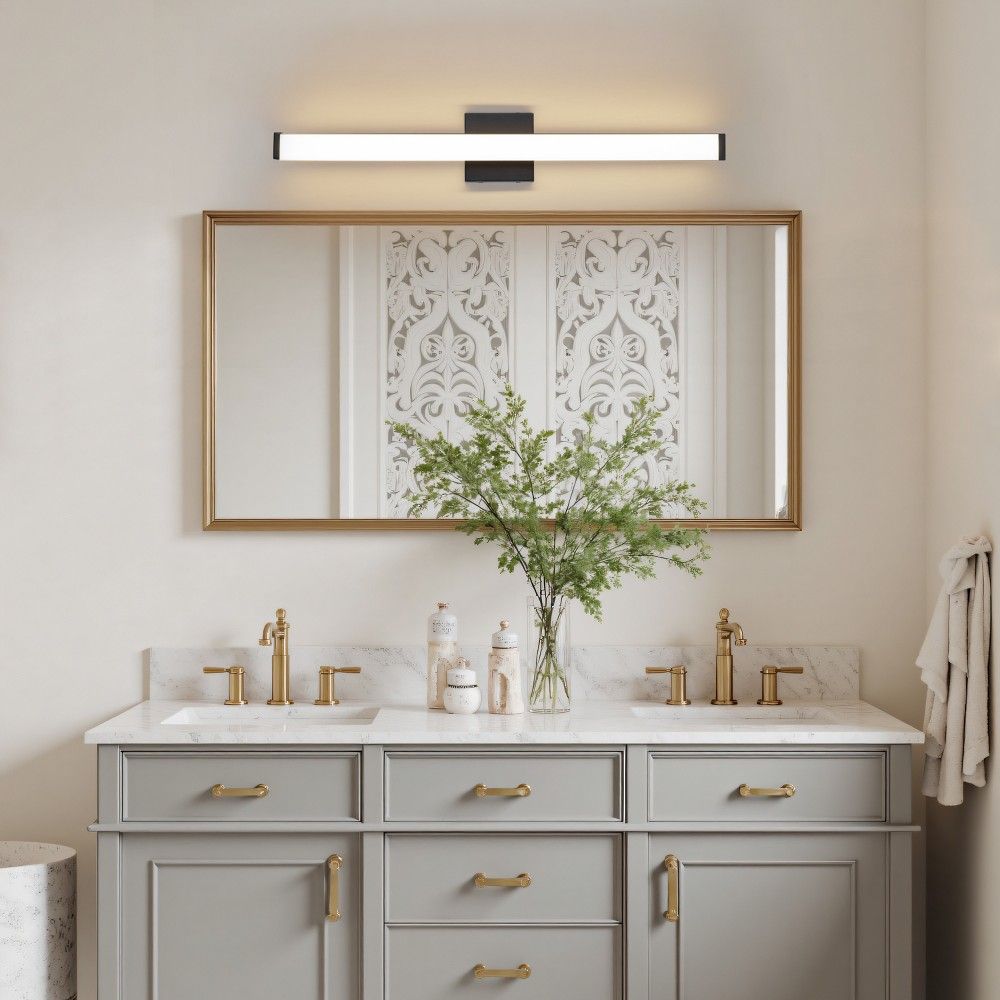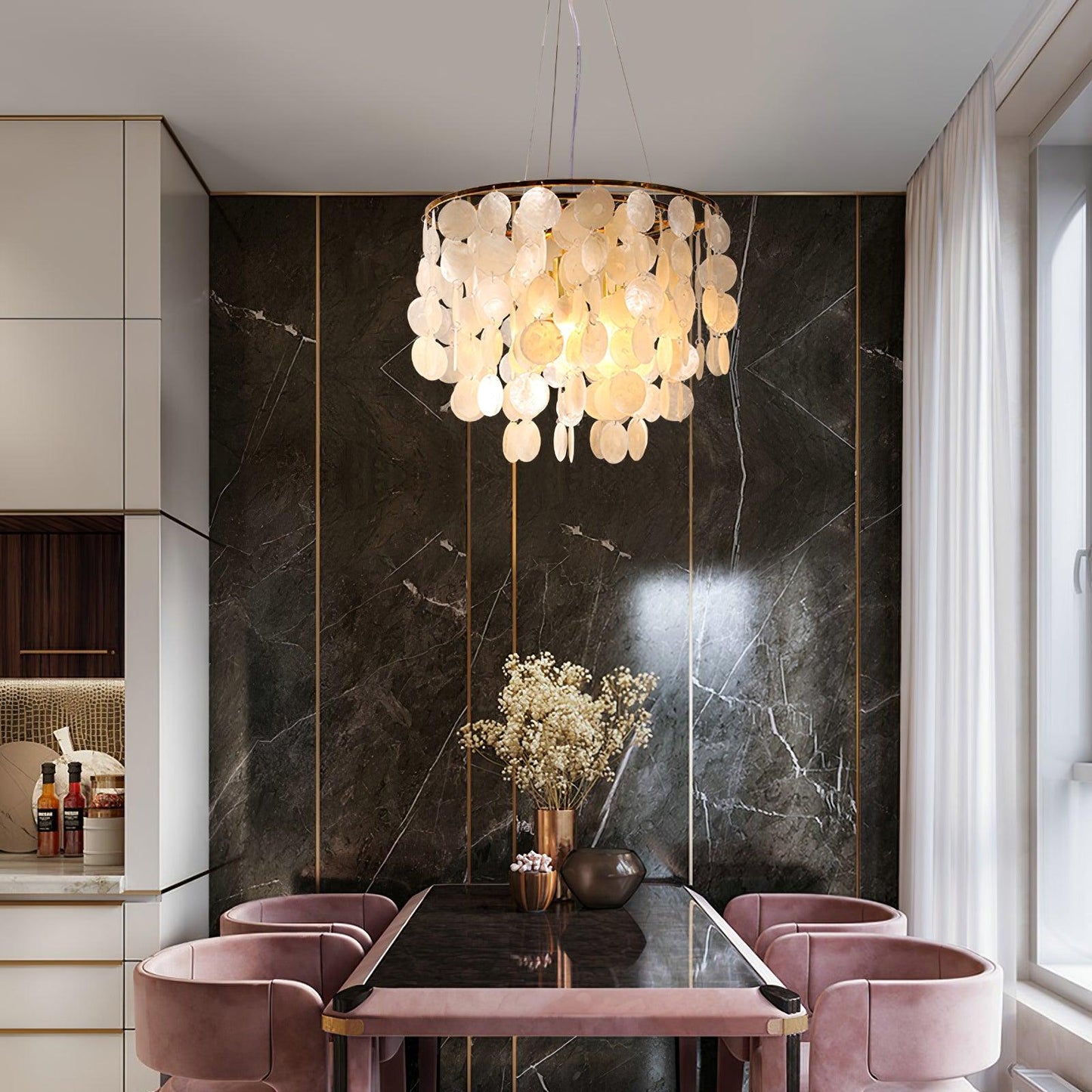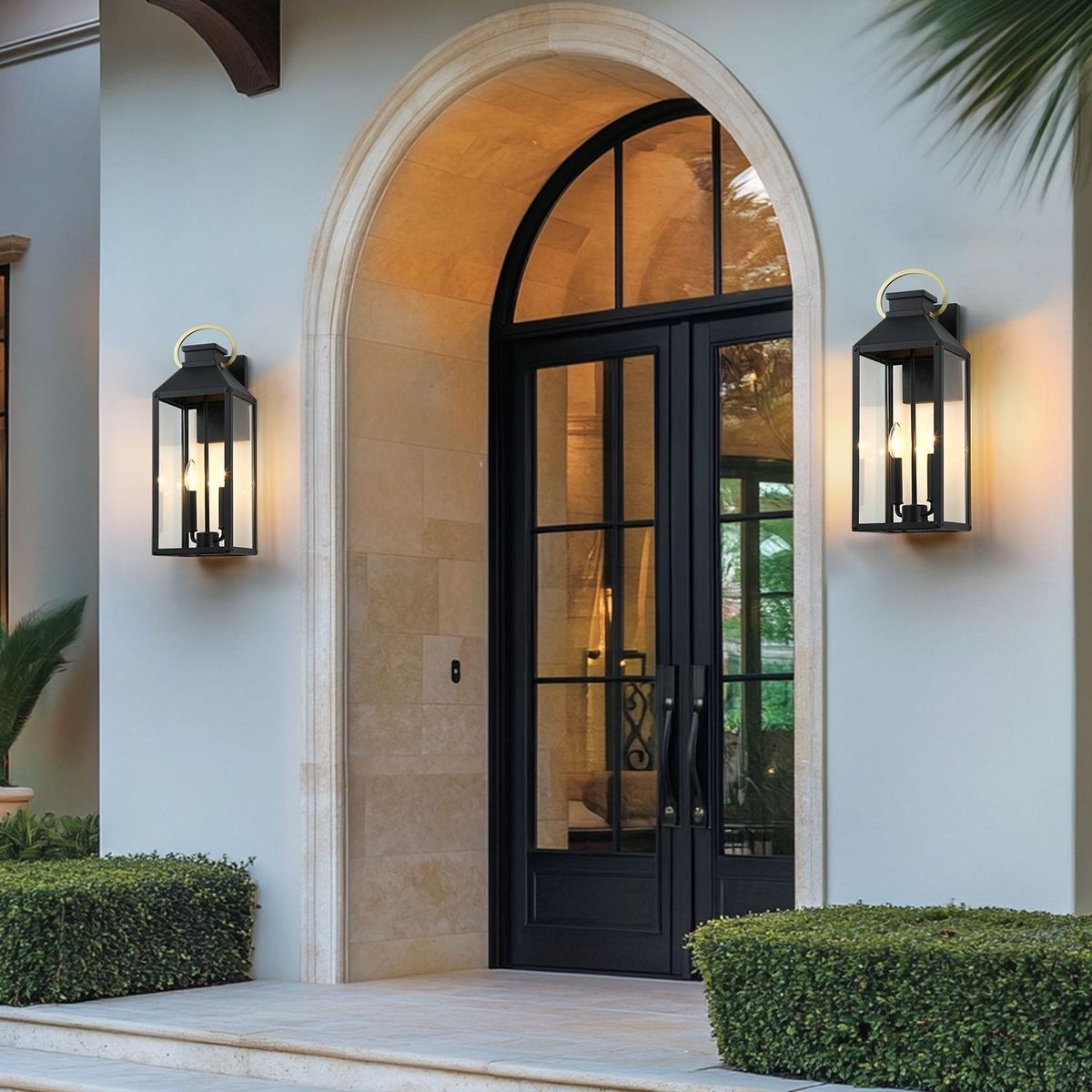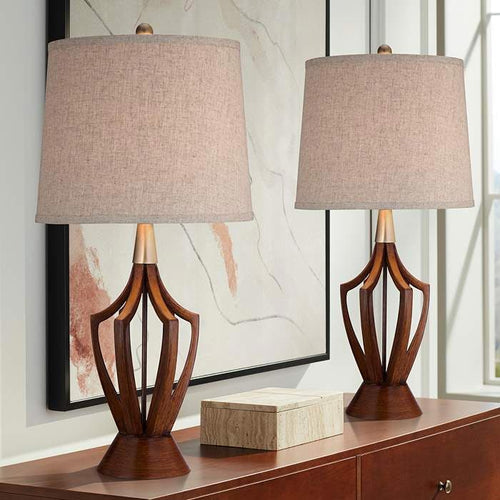
Eye strain and fatigue is a common problem for many readers, often caused by bad lighting. While the ideal reading light level is talked about in general terms—the surface mount film (SMF) reading light level requires a more personal approach.
The optimal Single Mode Fiber (SMF) reading light level is the level of light and quality of light that is comfortable and effective for reading. It balances brightness, color temperature and distribution so you can read for hours without discomfort. This article will look at the challenges of finding the perfect lighting for comfortable and efficient reading by looking at the key factors that affect it.
Why is SMF Reading Light Important?
Lighting is key to reading comfort and eye health. Inadequate or poorly distributed light can cause visual fatigue, headaches and even long term vision problems. The term SMF in this context means precision and consistency in light delivery, just like the principle of Single Mode Fiber optics which delivers focused and efficient transmission.
Here are the Benefits of Optimal Reading Light:
-
Reduces Eye Strain: Proper lighting reduces eye strain especially during long hours of reading.
-
Improves Focus: Well lit environment improves concentration and makes it easier to read.
-
Enhances Visual Clarity: Adequate lighting minimizes glare and shadows for a clearer view of text.
-
Prevents Fatigue: Balanced light levels prevents mental and physical exhaustion from squinting or struggling to see.

How is SMF Reading Light Level Measured?
SMF reading light level is measured by assessing illuminance, distribution and color temperature.
Illuminance
Illuminance is the amount of light that falls on a surface and is measured in lux (lx). For reading the ideal range is between 300-500 lux. This is bright enough for clarity without being too intense.
-
300 lux: Good for casual reading in dim environments.
-
500 lux: Ideal for detailed or long hours of reading like studying or proofreading.
Light Distribution
Uniform light distribution means no part of the reading material is too bright or too dark. This minimizes the need to adjust your position or strain your eyes.
Color Temperature
Measured in Kelvin (K), color temperature is the tone of the light—warm, neutral or cool. For reading 4000K to 5000K (neutral white) is optimal as it’s like natural daylight.
What are the Types of Reading Lights?
Reading lights come in many forms, each suited to different environments, preferences and needs. Here are the most popular ones, with pros and cons.
1). Table Lamps
Table lamps are especially good for bedside reading as they can be placed on in a convenient reach and can isolate focus on the text one is reading. These lamps come in a variety of styles, from classic to modern, allowing them to complement any room decor.
-
Pros: Portable, can be used in many places, and are adjustable.
-
Cons: They won’t properly light a larger surface or a room.
2). Floor Lamps
Floor lamps are perfect for larger spaces or shared reading areas. They often have adjustable heads so you can direct the light where you need it. Floor lamps are functional and decorative with many styles to choose from.
-
Pros: Covers more area and adds to the room’s aesthetic.
-
Cons: Less portable and takes up more floor space than smaller options.
3). Clip-On Lamps
Small and lightweight, clip-on lamps are designed for maximum portability. They can be clipped onto books, desks or bed frames so they’re perfect for travel or small spaces. While super convenient they’re usually focused light for smaller areas not large scale illumination.
-
Pros: Lightweight, portable and can be clipped onto different surfaces.
-
Cons: Limited brightness and coverage, best for personal use.
4). LED Desk Lamps
LED desk lamps are the most energy efficient and versatile for reading. These lamps often have adjustable brightness, colour settings and flexible necks to adjust the light angle. LED desk lamps are durable, eco friendly and cost effective in the long run.
-
Pros: Energy efficient, customizable and long lasting.
-
Cons: Higher upfront cost than traditional lighting.
5). Built-In Reading Lights
Built-in reading lights are often found in furniture like headboards or in electronic devices like e-readers. These lights are space saving and provide light right where you need it.
-
Pros: Space saving and convenient for specific tasks.
-
Cons: Limited adjustability and brightness control.
Each type of reading light has its own advantages so you can find one that suits you. Whether you need portability, coverage or energy efficiency, there’s a reading light for you.

What’s the Best Light Temperature for Reading?
Light temperature has a big impact on your reading experience, both comfort and focus. Measured in Kelvin (K), light temperature ranges from warm to cool tones, each for different situations. Choosing the right light temperature means better visibility, less eye strain and a perfect reading environment.
1). Warm Light (2700K–3000K)
Best for: Evening or nighttime reading in bedrooms or living rooms.
Warm light gives off a soft yellow glow that creates a warm and cozy atmosphere. It’s relaxing and perfect for casual reading, especially before bed. The gentle light helps your body wind down for sleep by reducing blue light exposure that can mess with your circadian rhythms.
2). Neutral White Light (4000K–5000K)
Best for: Study rooms, offices or any task that requires focus.
Neutral white light is a balance between warm and cool tones, like natural daylight. This light increases contrast and reduces glare, perfect for long reading sessions. It’s bright enough without straining the eyes, a good all-around choice for various reading and study environments.
3). Cool White Light (5000K–6500K)
Best for: Precision tasks or high visibility environments.
Cool white light gives off a bright bluish-white tone that increases visibility and reduces shadows. While it’s alerting and good for precision tasks, it can be uncomfortable for long reading sessions. It’s better for tasks that require sharp focus like crafting or technical work rather than leisure reading.
For most readers, neutral white light (4000K–5000K) provides the best combination of clarity and comfort. It minimizes eye strain while maintaining an inviting and productive atmosphere, making it the preferred option for both leisure and study.
How to Choose the Right Reading Light?
-
Adjustability: Select lights with adjustable brightness and angles to suit different times of day and tasks.
-
Color Temp: Choose lights that allow you to switch between warm, neutral, and cool temperatures.
-
Glare Reduction: Opt for lights with diffusers or anti-glare features to protect your eyes.
-
Energy Efficiency: LED is best for long term use due to durability and energy saving.
-
Placement: Position the light at an angle to reduce shadows and reflections on the page.
Conclusion
The perfect SMF reading light level is a balance of brightness, temp and distribution to create a comfortable and efficient reading space. Whether you read for pleasure or study, the right light enhances focus, reduces eye strain and overall experience.
From classic table lamps to modern LED desk lamps, the type and temp of light is key to your needs. Always go for 300-500 lux and 4000K-5000K for best results. Get a high quality reading light that suits you and you’ll have a more enjoyable and productive reading time.
At Yiosilamp we know how important lighting is in creating the perfect reading environment. Contact us for cut-edging chandeliers and pendants with the latest lighting trends.
Read More:
15 Amazing Bathroom Lighting Ideas For Ceiling
16 of the best Bedroom Ceiling Lighting Ideas
17 of the best Living Room Wall Lighting Ideas

